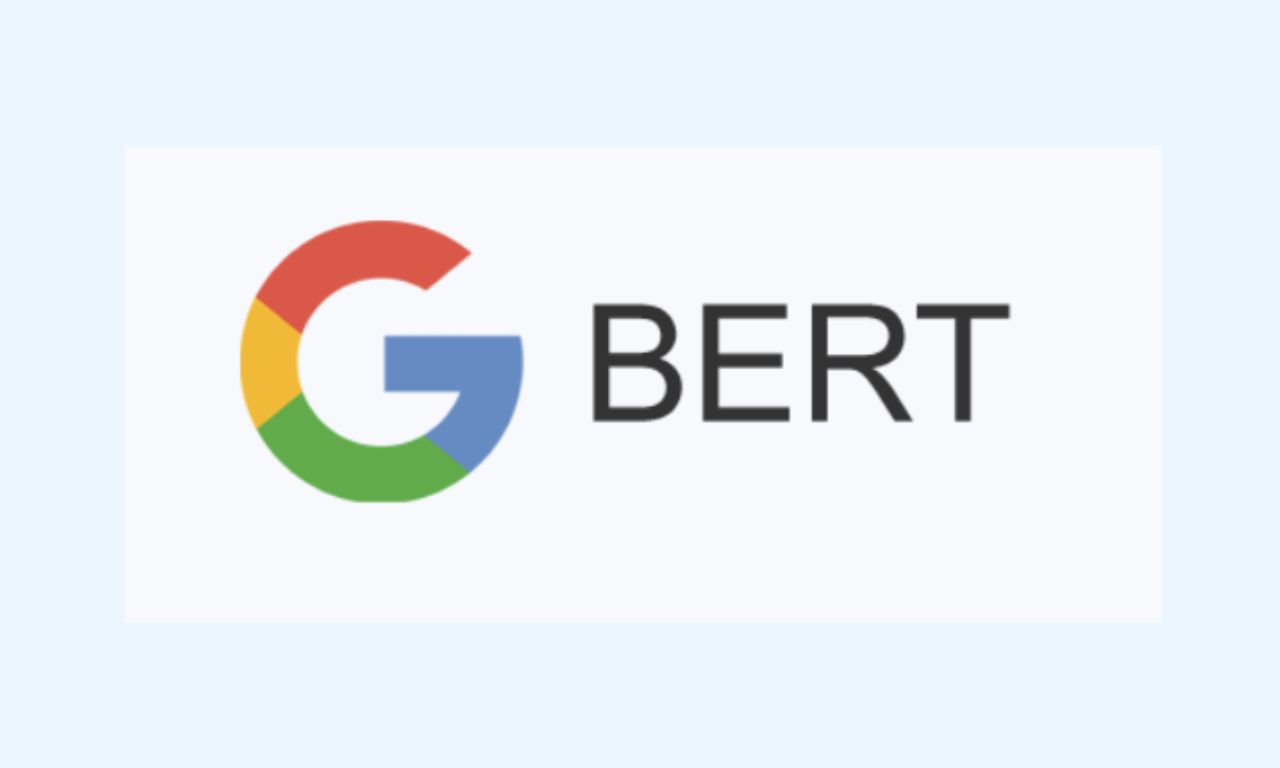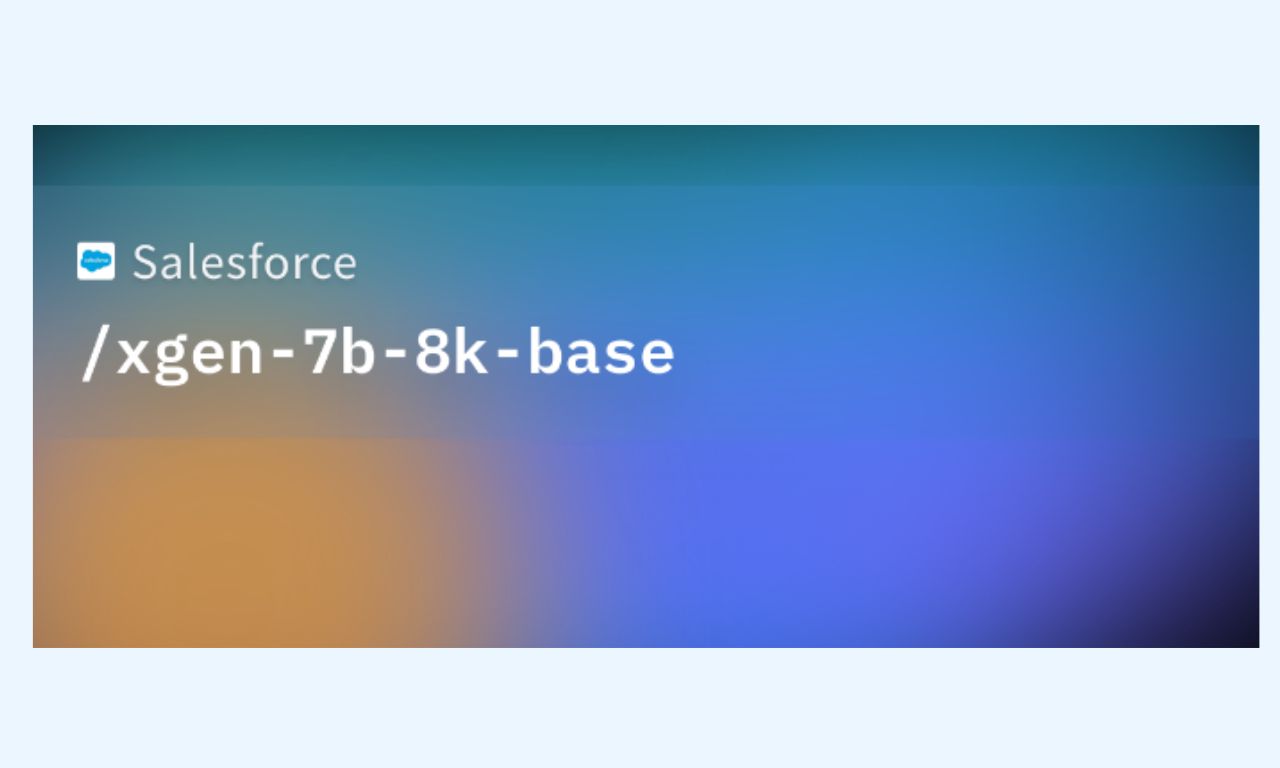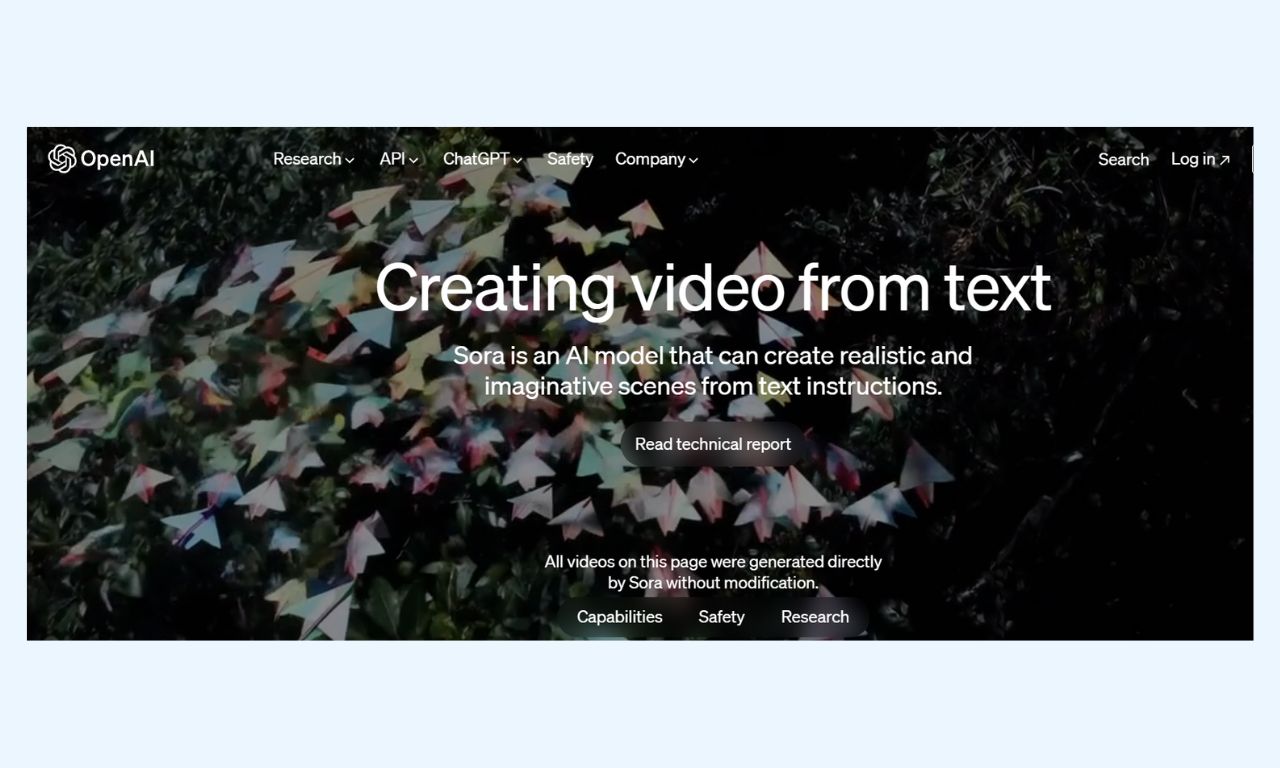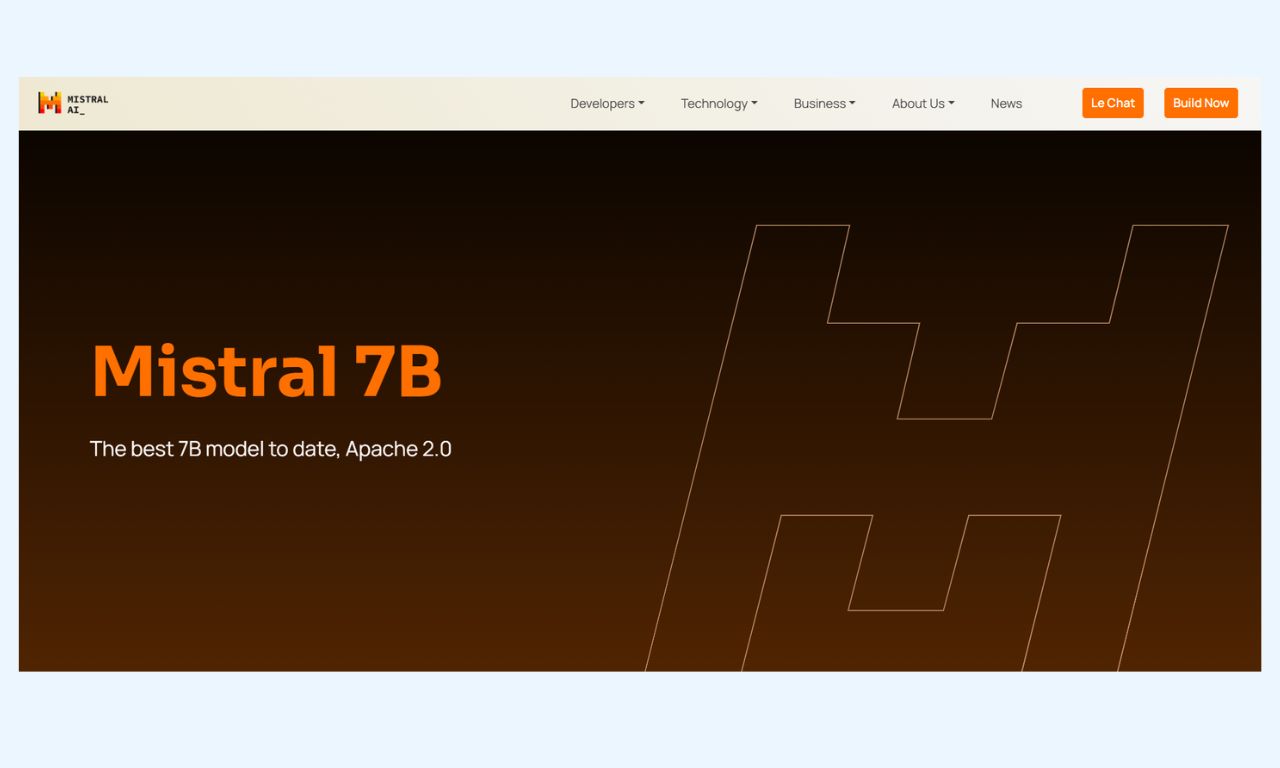The 6 Best Open-Source Large Language Models (2024)
Artificial Intelligence and Machine learning have revolutionized modern businesses, offering endless possibilities.
Of course, a key part of the evolution of AI is the so-called large language models (LLMs), which are based on transformers, a powerful neural architecture that might even have billions of parameters.
So in today's article, we will see in great detail the following 6 best open-source Large Language Models for 2024:
- LLaMA 2
- Bert
- Salesforce XGen-7B
- Sora της OpenAI
- Mistral 7B
- Bloom
But before we dive deeper let's start with a brief definition.
What is a Large Language Model (LLM)?
A Large Language Model (LLM) is a type of AI algorithm that uses various deep learning and big data methods to produce text in a way that resembles the way a human speaks.
They have a huge number of parameters, often ranging from millions to billions, and can perform a multitude of natural language processing (NLP) tasks, including text generation and sentiment analysis.
Next, let's take a closer look at some of the best LLMs.
The 6 Best Open-Source Large Language Models
The 6 best LLMs with strong performance and features are as follows:
LLM #1: LLaMA 2
Llama 2 is a set of pre-trained large language models (LLM) released by Meta AI in 2023.

It includes models ranging from 7 billion to 70 billion parameters, freely available for both AI research and commercial use, aiming to democratize the Generative AI ecosystem.
It has been refined with the technique of reinforcement learning from human feedback (RLHF) and has the ability to adapt to a variety of natural language generation tasks, including programming tasks.
LLM #2: Bert
BERT (Bidirectional Encoder Representations from Transformers) is a highly complex and advanced LLM that has revolutionized the field of NLP by leveraging the Transformers architecture to understand and process natural language more efficiently.

Launched in 2018 by Google as an open-source LLM, it quickly achieved excellent performance in many natural language processing tasks.
LLM #3: Salesforce XGen-7B
Salesforce's XGen-7B is an LLM trained on big data to understand and generate text that resembles human speech.

Salesforce has released the XGen-7B model under the Apache-2.0 license, making it freely available for research and commercial use.
Despite its relatively small size of 7 billion parameters, XGen-7B offers very strong performance that exceeds even that of much larger models.
LLM #4: OpenAI's Sora
OpenAI's Sora is an upcoming generative AI model that specializes in creating videos from text.

It is designed with the goal of creating short video clips based on text descriptions, the so-called prompts, provided by users.
Sora has the ability to produce videos with high levels of visual detail, including complex camera movements while being able to extend existing short videos by creating new content that precedes or follows the original clip.
LLM #5: Mistral 7B
Mistral 7B is a major development in the field of large language models (LLMs), as it has 7 billion parameters and impressive performance on various benchmarks.

Mistral 7B is released under the Apache 2.0 license, allowing unrestricted use.
In addition, another advantage it offers is that it can be used in various environments, including on-premises, on Cloud platforms such as AWS, GCP, and Azure, and on HuggingFace.
LLM #6: BLOOM
BLOOM (BigScience Large Open-science Open-access Multilingual Language Model) was released in November 2022 and has 176 billion parameters.

In fact, more than 1000 researchers from different countries of the world worked on this project.
BLOOM is designed with transparency and interpretability in mind and is capable of producing text in 46 natural languages and 13 programming languages.
In a Nutshell
So we talked in detail about the best Large Language Models available and their unlimited possibilities.
So if you're involved in this subject and want to enrich your knowledge, read more related articles on our blog!


.jpg)